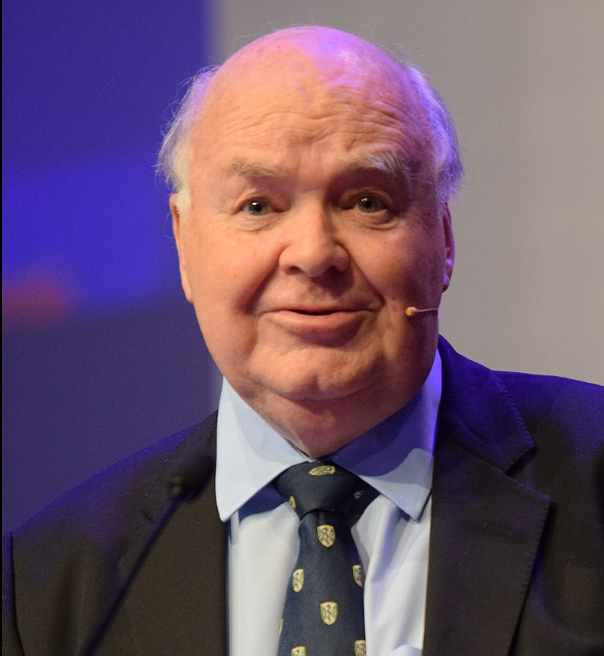Exploring the Intersection of Mathematics, Science, and Faith
Written on
Chapter 1: John Lennox's Perspective
John Lennox, a prominent mathematician and Christian apologist, has expressed his views on the relationship between mathematics and religious texts. He famously stated, “I don’t teach algebra from Leviticus,” signifying that sacred texts like the Bible should not be interpreted as scientific manuals. His insights often highlight the distinct roles that science and religion play in our understanding of the universe.
“Religious texts should not be seen as scientific guides.”
Section 1.1: The Role of Mathematics in the Bible
While the Bible is primarily a spiritual document, it does include some basic mathematical concepts. These references are not intended as profound mathematical theories but serve practical and symbolic purposes.
Subsection 1.1.1: Basic Mathematical Elements

In the Bible, one can find:
- Counting and Enumeration: Various instances involve counting people and days, such as the creation story in Genesis.
- Basic Arithmetic: Simple math operations appear in parables, reinforcing moral lessons.
- Geometric Concepts: Descriptions of structures like the Tabernacle and the Temple include dimensions and shapes.
- Proportions and Ratios: The Ark of the Covenant and the Temple feature specified ratios and measurements.
However, these examples are not meant to explore advanced mathematics.
Section 1.2: Time and Perception of God
The verse from 2 Peter 3:8 illustrates God's unique perception of time: “With the Lord one day is as a thousand years.” This metaphorical language emphasizes the difference between divine and human experiences of time.
John Lennox argues that such expressions serve deeper purposes. They are not just statements about eternity but invite readers to ponder the nature of God’s existence.
Chapter 2: Engaging with the Bible
John Lennox, with his extensive background in mathematics, engages deeply with the Bible. His perspective suggests that truth is multifaceted, incorporating scientific, moral, and spiritual dimensions.
In the video "John Lennox: How Math and Science Point to God," Lennox discusses the harmony between faith and scientific inquiry, emphasizing that both realms address different kinds of questions.
Moreover, Lennox holds that science and religion can coexist peacefully, each answering the fundamental questions of existence and morality from their respective vantage points.
Contrasting views are presented in the video "Atheists Debunk Christian Mathematician John Lennox," where critics challenge Lennox's perspectives, showcasing the ongoing debate surrounding faith and reason.
In conclusion, Lennox's work illustrates the potential for a collaborative relationship between science and faith, suggesting that each offers unique insights into the human experience.
Thank you for engaging with this exploration of the intersections between mathematics, science, and faith. If you have further inquiries or wish to continue the discussion, feel free to reach out.